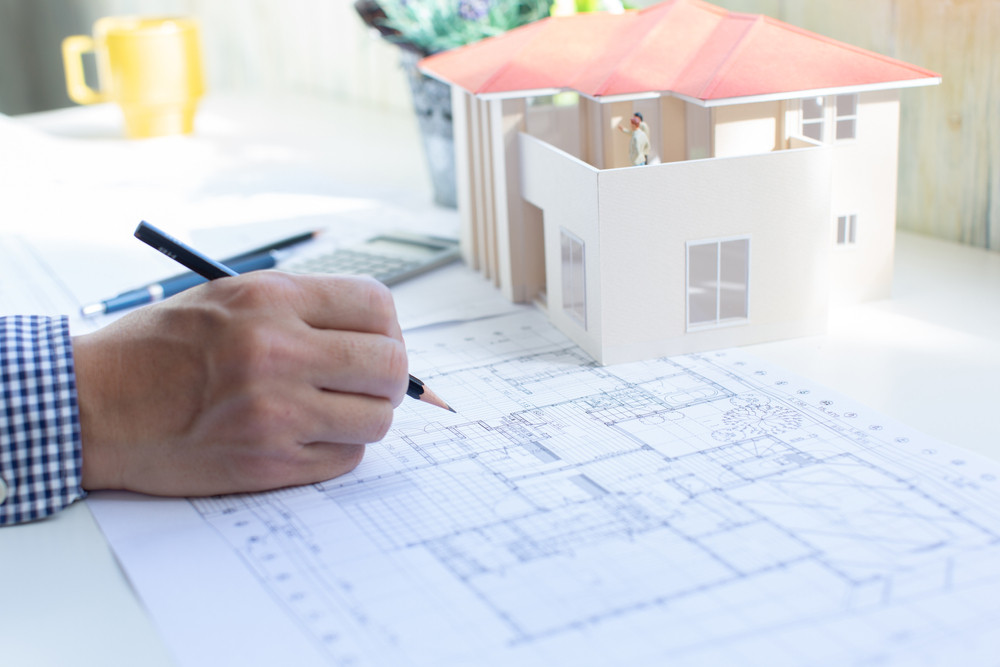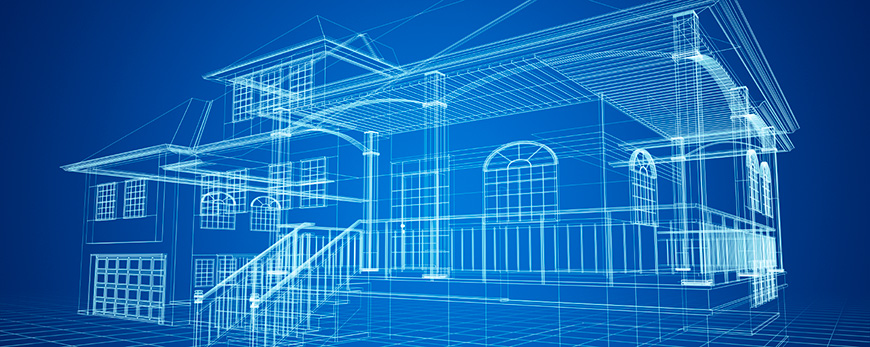How CDA Architects Incorporate Eco-Friendly Practices in Architectural Projects
How CDA Architects Incorporate Eco-Friendly Practices in Architectural Projects
Blog Article
Recognizing the Collaborative Refine In Between Designers and Designers in Modern Building Projects
The collective process between architects and designers is crucial in modern-day building and construction jobs, as it balances design intent with design usefulness. This collaboration not only affects the visual and practical aspects of a task yet likewise plays an important role in addressing sustainability obstacles. By utilizing effective interaction techniques and leveraging advanced modern technologies, such as Structure Information Modeling (BIM), groups can function more cohesively. Nonetheless, the ins and outs of this partnership often existing one-of-a-kind difficulties that can hinder progression. Exploring these characteristics discloses insights that can substantially impact job outcomes and general industry requirements.
The Significance of Cooperation
The collaborative synergy between engineers and engineers is essential for the successful awareness of any kind of building and construction project. This partnership brings with each other distinctive competence and viewpoints, enabling the integration of cutting-edge design with useful engineering options. By interacting, engineers and designers can ensure that a project not only satisfies aesthetic and useful demands but also sticks to safety and security, sustainability, and budgetary restraints.
Cooperation promotes a common vision, assisting in the positioning of goals and expectations from the beginning. This positioning is important in attending to prospective difficulties and mitigating dangers that might arise during the project lifecycle. Moreover, a collaborative approach allows for the reliable appropriation of sources, maximizing both time and expense.
The value of collaboration includes the repetitive procedure of style and construction, where responses from designers can notify architectural decisions, leading to even more possible and sustainable layouts. On the other hand, architects can motivate designers to think artistically regarding how to attain structural integrity without endangering creative intent. Inevitably, the collective relationship in between designers and designers is not merely valuable; it is essential to the creation of high-grade, practical, and cutting-edge developed environments that satisfy the needs of society.
Interaction Methods and Tools
Reliable communication strategies and tools are essential for fostering cooperation between designers and designers throughout the job lifecycle. Developing clear channels of communication is important to ensure that all group participants are aligned with job purposes, timelines, and responsibilities. Routine conferences, both in-person and virtual, supply possibilities for stakeholders to talk about progression, address worries, and make educated decisions.
Using task management software program, such as BIM (Building Info Modeling) systems, boosts collaboration by allowing real-time sharing of layout alterations and technological specs. These tools facilitate openness, permitting architects and engineers to picture modifications and assess their influence on the total job.

Shared Goals and Task Vision

Establishing shared objectives involves open dialogue and a detailed understanding of each self-control's payments. Architects normally concentrate on style intent, spatial partnerships, and user experience, while designers stress structural stability, systems capability, and compliance with policies (cda architects). When these point of views are aligned, the result is a natural task that follows both innovative ambitions and technological feasibility
Additionally, advice a distinct task vision fosters responsibility among staff member, urging each individual to take possession of their role in achieving the desired outcome. Routine check-ins and collective workshops can better enhance this dedication, enabling adjustments to be made as the project develops. Inevitably, a common vision not just boosts synergy but also elevates the quality of the final deliverable, leading to successful project completion.
The Role of Technology
Leveraging innovation has actually become vital in boosting collaboration between designers and designers. Structure Information Modeling (BIM) check over here stands out as a critical innovation, permitting both architects and engineers to create in-depth 3D versions that envelop layout intent and structural integrity.
In addition, cloud-based platforms enable seamless partnership, enabling job stakeholders to gain access to and upgrade task information from anywhere. This cultivates a society of openness and liability, as adjustments can be tracked and assessed in real-time. In addition, mobile applications additional improve interaction, supplying on-site groups with instant access to job specs and updates.
Emerging technologies such as expert system and artificial intelligence are also beginning to contribute in predictive analysis, helping groups recognize possible problems before they occur. Ultimately, the role of modern technology in architecture-engineering cooperation not just improves workflow performances yet likewise boosts technology, causing more successful task results. By accepting these technological innovations, designers and engineers can ensure an extra cohesive and productive joint process throughout the building lifecycle.
Situation Studies in Successful Collaborations
Various case researches show the extensive effect of effective collaborations between engineers and engineers on task results. One noteworthy example is the partnership on the High Line in New York City, where landscape designers, engineers, and metropolitan planners functioned together to transform a deserted rail line right into a dynamic public park. This multidisciplinary strategy not only boosted the aesthetic quality yet also made sure structural security and ecological sustainability.
Another excellent instance is the design and building and construction of the Sydney Opera House. The collaboration in between engineer JÃ ¸ rn Utzon and architectural designer Ove Arup exhibited innovative problem-solving. Their collaboration permitted for the iconic shell-like style while resolving complex design obstacles, ultimately resulting in a classic building masterpiece.
The Burj Khalifa in Dubai even more shows the importance of collective efforts. cda architects. The assimilation of design and design knowledge made it possible for the job team to achieve extraordinary elevations while sticking to safety policies and visual vision
These instances emphasize the relevance of interaction, trust, and shared objectives. In today's complex building atmosphere, such partnerships are necessary to browsing obstacles and supplying tasks that fulfill both useful and visionary goals.
Final Thought
In conclusion, the cooperation between engineers and engineers is vital for the success of contemporary building projects. Efficient communication strategies, a common project vision, and the assimilation of sophisticated technologies are essential elements that promote this collaboration.
Report this page